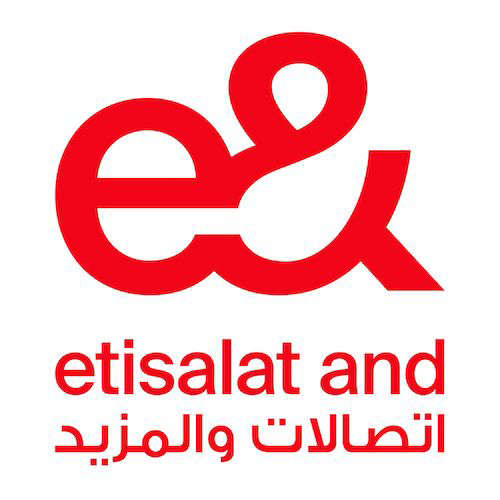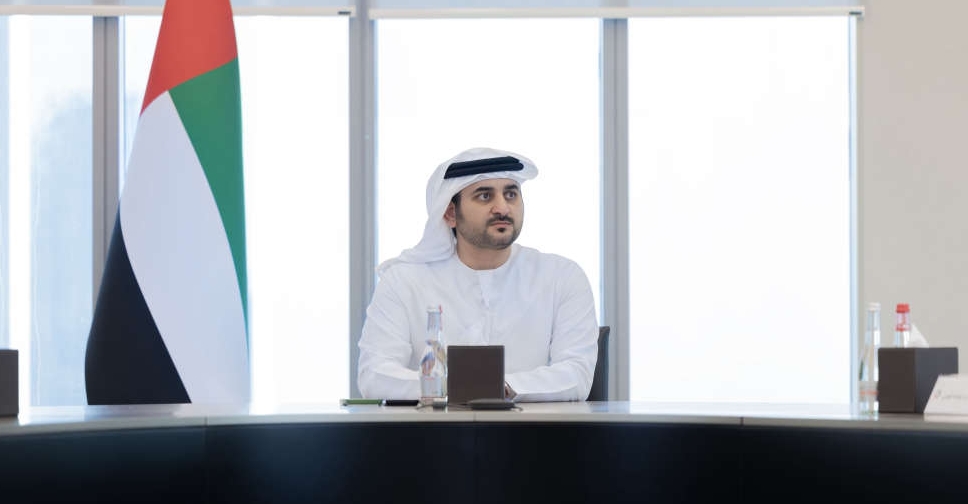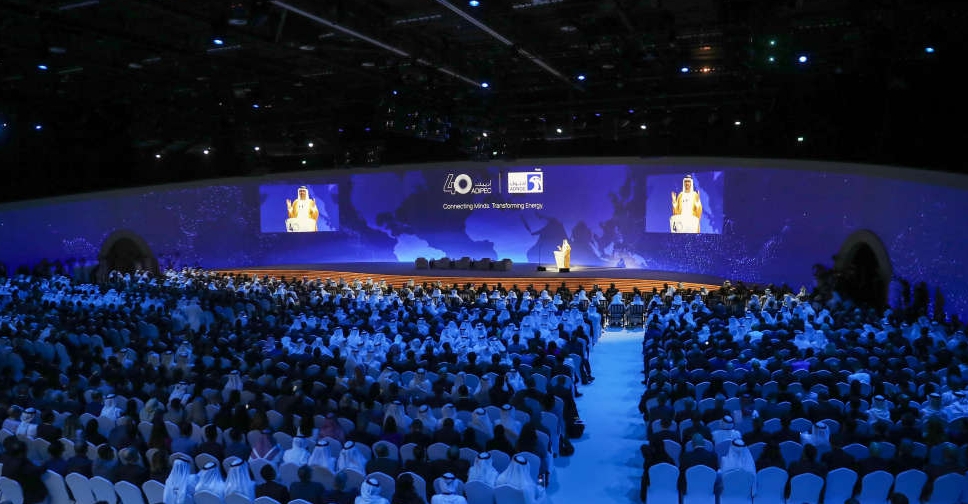
New data published by Statistics Centre Abu Dhabi (SCAD) in late September and data reported by Emirates NBD in October on Dubai's economy and on the UAE's purchasing managers' index (PMI) point to continued modest growth in mid-2016. The data suggest that the relatively diversified nature of the UAE economy has helped ensure the economy to expand, despite sharp cutbacks in fiscal spending in some of the individual emirates. The SCAD data show that the Abu Dhabi economy grew by 2.3 per cent year on year in real terms in the second quarter of 2016, having expanded by 2.2 per cent year on year in the first quarter. The oil sector currently accounts for around 49% of GDP in Abu Dhabi, reflecting the emirate's long-term drive to shift its economy away from a reliance on hydrocarbons. There were several notable trends sectorally in the Abu Dhabi economy; non-financial firms-which account for the bulk of the non-oil economy-registered steady if unremarkable growth of around 2.1 per cent year on year in the first and second quarter of the year. Meanwhile, the finance and insurance sector (around 10 per cent of Abu Dhabi GDP) has been consistently stronger, expanding by 6.1 per cent in the second quarter (2.9 per cent in the first quarter), suggesting that financial institutions are coping well with shakier credit sentiment, the tighter regional liquidity conditions and weaker profit opportunities.



 ADNOC, Gecko Robotics sign deals to accelerate AI, robotics, skills training
ADNOC, Gecko Robotics sign deals to accelerate AI, robotics, skills training
 ADIPEC 2025 kicks off in Abu Dhabi with record global presence
ADIPEC 2025 kicks off in Abu Dhabi with record global presence
 Maktoum bin Mohammed chairs Board meeting of Federal Tax Authority
Maktoum bin Mohammed chairs Board meeting of Federal Tax Authority
 UAE’s first AI-designed business complex launched in Sharjah
UAE’s first AI-designed business complex launched in Sharjah
 ADNEC Group to host two of world’s largest events simultaneously in Abu Dhabi, London
ADNEC Group to host two of world’s largest events simultaneously in Abu Dhabi, London



